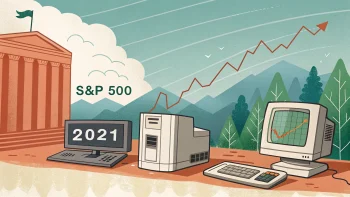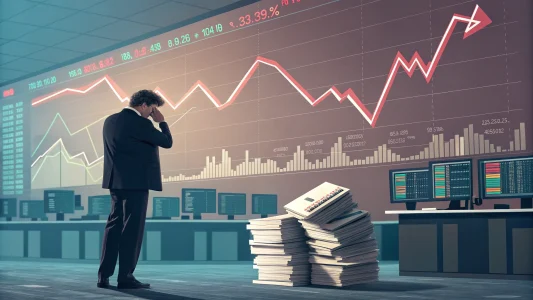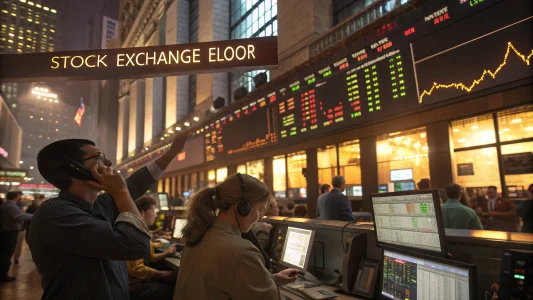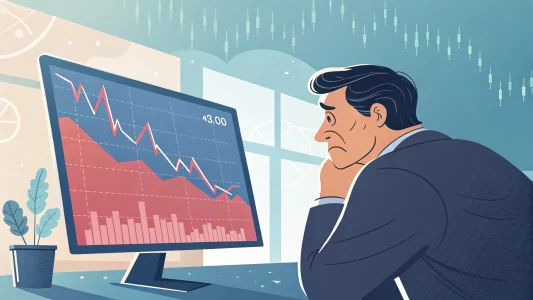Recent claims about foreign tariffs on US goods have sparked controversy and market volatility. An analysis reveals significant discrepancies between the tariff rates presented by President Trump and the actual rates documented by the World Trade Organization (WTO).
The core issue centers around the “shock and awe” tariffs that other countries allegedly impose on the United States. These claims suggested that the US faces unfair trade practices from international partners, particularly China.
Table of Contents
ToggleThe Tariff Discrepancy
According to the analysis, Trump’s presentation showed China imposing a 67% tariff on US goods. However, WTO data indicates that the actual rate was approximately 3%. This represents a substantial difference between the claimed and actual figures.
The situation has evolved rapidly, with China reportedly raising its tariffs to 34% in retaliation to new US tariff policies. This retaliatory action suggests an escalating trade tension that could spread to other trading partners.
View this post on Instagram
Calculation Methods
The government’s method for calculating foreign tariffs appears to use a complex formula that doesn’t directly measure tariff percentages. Instead, this calculation reflects trade deficits between the US and other nations.
This distinction is critical because:
- Trade deficits occur when a country imports more than it exports
- As the world’s largest economy, the US naturally purchases more goods from other countries
- These deficits aren’t necessarily the result of unfair tariff practices
Market Implications
The financial markets have already responded negatively to these tariff announcements. The analysis warns that if these tariff policies remain in place, market conditions could deteriorate further beyond the declines already observed over the previous two days.
This market reaction reflects investor concerns about potential disruptions to global supply chains, increased consumer costs, and possible economic slowdowns resulting from escalating trade tensions.
The Concept of Reciprocal Tariffs
The analysis distinguishes between “true reciprocal tariffs” that promote fair trade and the current approach. When properly implemented, reciprocal tariffs aim to create balanced trading relationships in which countries face similar barriers when selling to each other’s markets.
According to the analysis, the current tariff situation does not achieve this balance. Instead, it uses misleading calculations to justify imposing significant tariffs on trading partners, triggering retaliatory measures.
The concern is that these policies, rather than creating fair trade conditions, may instead escalate into broader trade conflicts with negative economic consequences for all parties involved, including American consumers and businesses.
Frequently Asked Questions
Q: What is China’s tariff rate on US goods according to the WTO?
According to World Trade Organization data cited in the analysis, China’s actual tariff rate on US goods was approximately 3% before recent events, not the 67% claimed. However, this has reportedly increased to 34% as a retaliatory measure following new US tariff policies.
Q: How do trade deficits differ from tariff rates?
Trade deficits occur when a country imports more goods than it exports to another country. They measure trade volume imbalance, not tax rates. The analysis suggests that the government’s complex formula calculates these deficits rather than actual tariff percentages, leading to confusion about the true nature of international trade barriers.
Q: Why might markets react negatively to these tariff policies?
Markets typically respond negatively to tariff increases because they can disrupt global supply chains, increase costs for businesses and consumers, reduce international trade, and potentially slow economic growth. The analysis warns that if the current tariff policies remain in place, market conditions could worsen beyond the declines already observed as investors anticipate these negative economic effects and further retaliatory measures from trading partners.

















